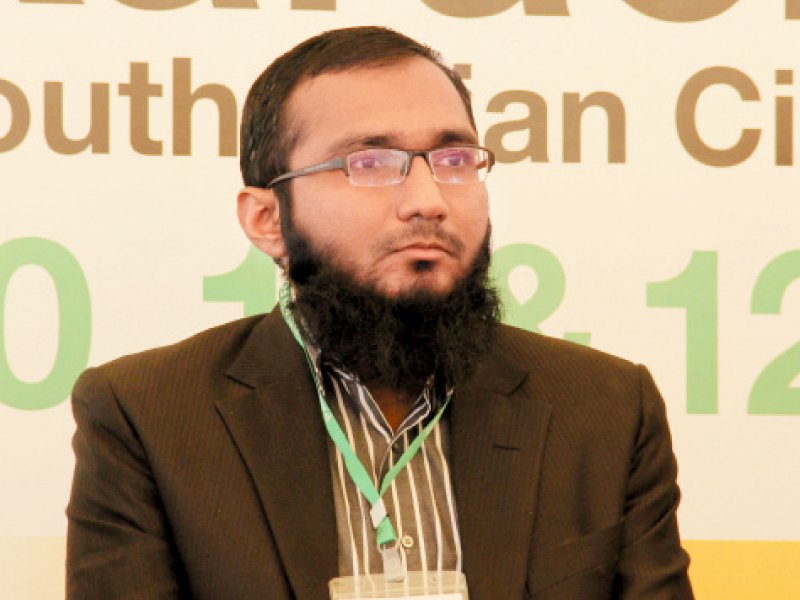
“The country needs eight million more houses but who will provide funds to build new cities when only two per cent of the population is a registered taxpayer?” asked an IBA research associate, Salman Ahmed Shaikh, while reading his paper on ‘Tax Increment Financing (TIF)’ at the South Asian Cities Conference here on Friday.
TIF is a public financing method that is used as a subsidy for redevelopment, infrastructure and other community improvement projects. “Population growth in cities is increasing rapidly due to migration from other small cities and rural areas and we need to develop new cities to reduce the burden on the big cities,” he argued.
Two of the biggest problems are the low rate of savings and the lack of documentation in tax collection. “We should issue new bonds for 25 years but the government has failed to do so. We should also make an effort to increase remittances in order to invest in real estate,” he suggested. Real investment was a pre-requisite for TIF as it can reduce urban congestion, urban crime, prices of real estate, generate employment in new urban cities and will also reduce ethnic conflict, he said.

Haris Gazdar, who works on social policy and the political economy, read a paper on ‘Implications of Urban Inequality: Lessons from Karachi’. He said that inequality did not only exist between rural and urban areas but also within urban ones due to economic and political problems. “Most of the katchi abadis are not regularised,” he said. “The elite want to regulate while the middle class wants to get property rights.”
Ravindar Kumar, who teaches at NED University, shared his ideas on strengthening the economy by properly planning small cities in a paper. Kumar said that the cities that have a population between 100,000 and 500,000 people, for example, cities that have prefixes or suffixes like Abad, Jutt, Tando and Chak are called secondary cities. “We have over 120 small cities. They have no master or development plans but they are officially designated as cities,” he said. He researched eight major and small cities and found out that they had a lot of economic potential. “I did not visit these cities and conducted research on the internet, which is very helpful as I did not have to waste time traveling and found out about these great cities by sitting in my office,” he said with a laugh.
“Battagram is a more beautiful place compared to many European countries. Tourism can be promoted in these areas if a city like this is planned properly,” he said. Similarly, Chitral has a beautiful culture, so why can we not develop it like a cultural city, he asked. Greece had a similar culture and they were still promoting it, he added.
“Nankana Sahib is a city that thousands of Sikhs visit from different parts of the world every year. If this city were developed properly, it has great potential to earn economic benefits,” he said. Cities like Bhit Shah, Uthal, Shikarpur and many other areas should be planned in order to promote tourism which is one of the best ways to strengthen an economy.
Published in The Express Tribune, January 11th, 2014.












1736508423-0/Express-Tribune---News-Desk-(9)1736508423-0-270x192.webp)










COMMENTS
Comments are moderated and generally will be posted if they are on-topic and not abusive.
For more information, please see our Comments FAQ